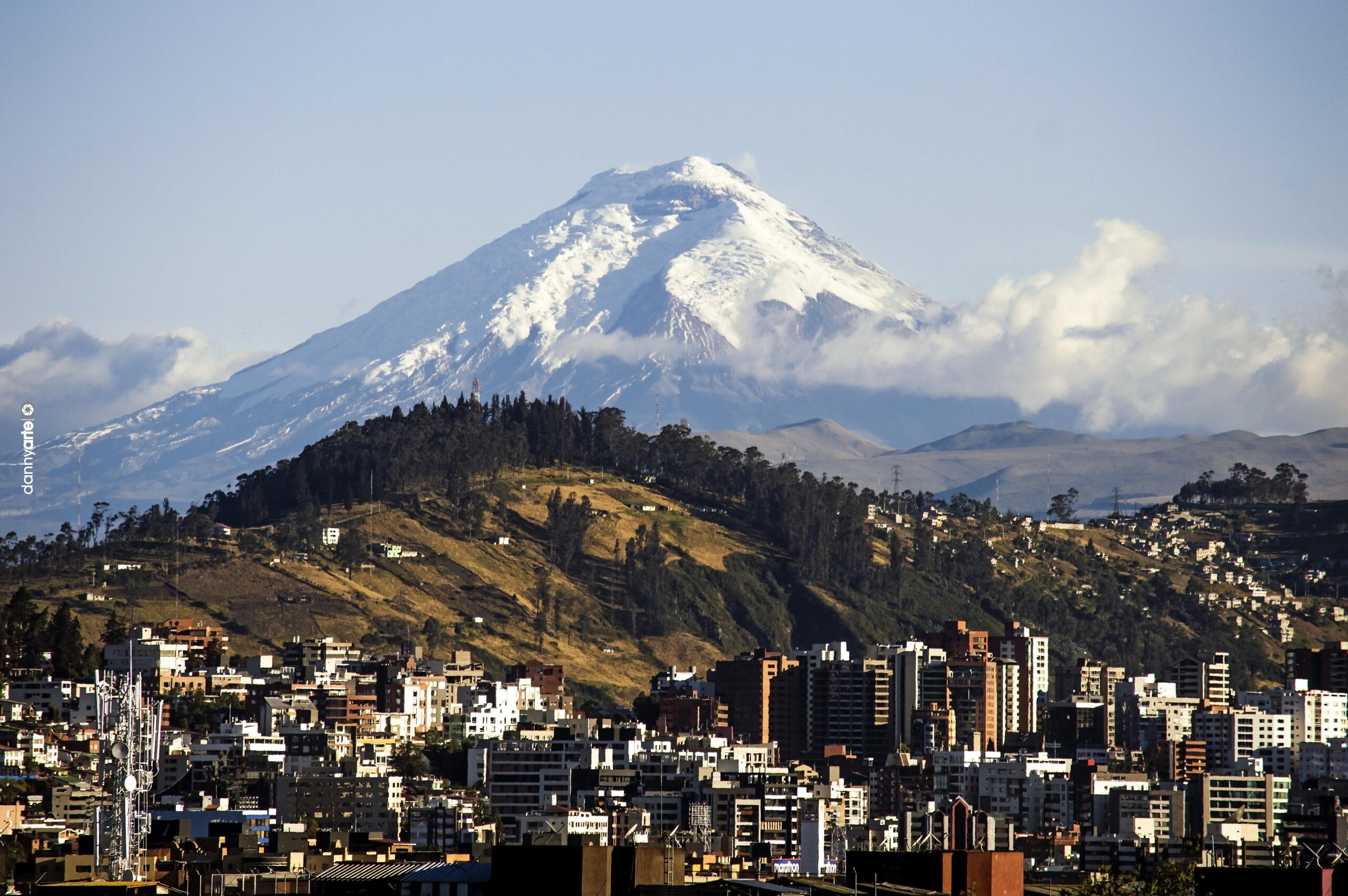Ecuador’s dollarization system recently celebrated its anniversary. Twenty-three years ago, this past January, Ecuador adopted the US dollar as its official currency after the worst financial crisis the country had ever experienced.
Fiscal and monetary stability
Despite the external shocks that have affected the country in the last two decades, dollarization in Ecuador has generated monetary and financial stability, This is according to Guillermo Avellán, manager of the Central Bank of Ecuador (BCE).
Despite the limitations of dollarization in Ecuador, several national and international experts recognize the benefits generated by this monetary regime, especially for low- and middle-income countries, with institutionality and political stability challenges, Avellán added. In addition, they consider that monetary policy and the issuance of a local currency are oversized in terms of benefits for this type of country.
What are the benefits of dollarization in Ecuador?
According to the Central Bank of Ecuador, dollarization allowed the country to:
- Combat a fiscal lack of discipline. The government of Ecuador cannot issue money with dollarization. The correction of fiscal deficit can only be done through financing via loans or taxes. Foreign loans currently impose conditions of budgetary discipline. This obliges the Ecuadorian government to balance the fiscal accounts and conduct better-quality spending with a more significant social impact.
- Achieve price stability. After dollarization, inflation in Ecuador began to decrease rapidly. From 96% per year in 2000, according to World Bank figures. It declined to 37% in 2001 and 12% in 2002. Since then, it has stayed within 10% per year. Ecuador has an inflation rate of 3.74%, one of the lowest in the region. With the US dollar as its official currency, Ecuador has access to a more stable financial system, which has boosted investor confidence and attracted foreign investment.
- Reduce poverty levels. According to a 1999 World Bank study, the poverty levels based on consumption stood at 44.8% in 1998. According to the National Institute of Statistics and Censuses (INEC), the income poverty rate in Ecuador in 2021 was 27.7%.
- Increase citizens’ purchasing power. Before dollarization, the devaluation of the sucre, Ecuador’s old currency, inflation and inorganic money issues affected the middle class with fixed salaries. Since there was no permanent compensation for wages, poverty increased. The new system brought price stability, confidence in the international market, and high GDP per capita, which allowed people’s purchasing power to grow.
- Increase trade: Using a stable, internationally recognized currency has made it easier for Ecuador to trade with other countries, as there are no longer concerns about the currency’s value or the risk of currency fluctuations.
- Greater transparency: Using the US dollar gives Ecuador access to a more transparent financial system, making it easier to track financial transactions and combat corruption.
- Lower transaction costs: Dollarization has reduced the transaction costs associated with exchanging currencies, making it easier and cheaper for Ecuadorians to do business with other countries.
- Generate conditions for investment and growth. Dollarization brought economic stability to the country. Today, not only is it sustained by a solid financial system, remittances, exports, oil, and commodities, but its great pillar is trust. Trust is evident in international markets, the real estate sector, the financial system, and Ecuadorians’ support and acceptance. Using the US dollar gives Ecuador access to a more transparent financial system, making it easier to track financial transactions and combat corruption.
Recovered International Reserves
Currently, the strengthening of dollarization in Ecuador is a reality, Avellán said. At the most critical moment of the pandemic, the country’s International Reserves were below USD 2 billion, allowing only 25% of the deposits of public and private financial entities with the ECB to be covered with liquid assets. However, at the end of 2022, the International Reserves exceeded USD 8.3 billion, allowing 100% coverage of these deposits.
Avellán added that, in this context, the BCE is called upon to be the custodian of dollarization in Ecuador and guarantee its institutional autonomy to achieve three fundamental objectives:
- Consolidate monetary stability through the technical management of investments.
- Manage the central payment system.
- Guarantee the supply and circulation of coins and bills at the national level.
Overall, dollarization in Ecuador has positively impacted the country’s economy, helping to stabilize it and attract foreign investment, leading to increased economic growth and improved living standards for its citizens.

